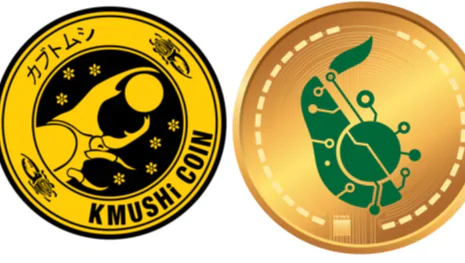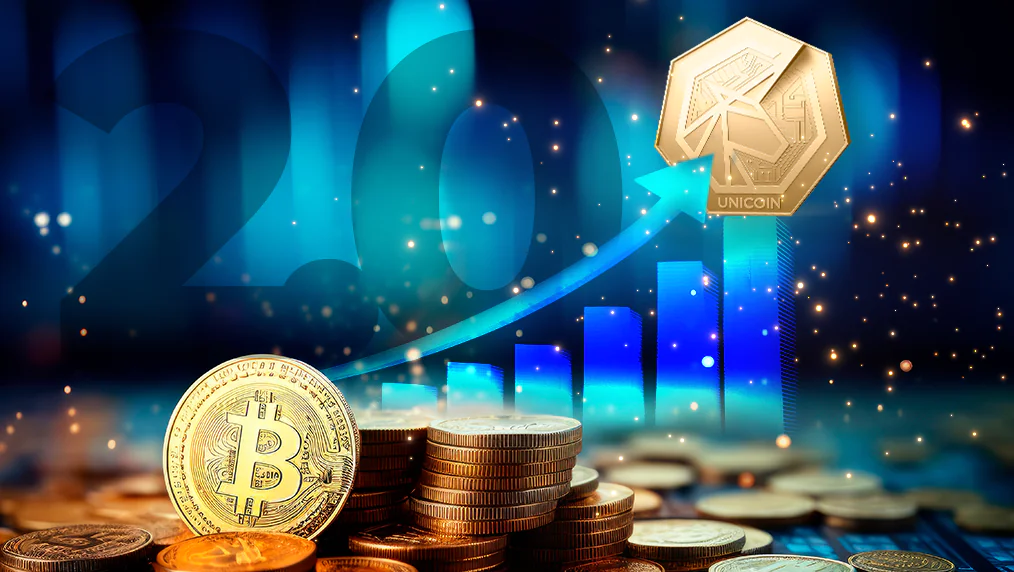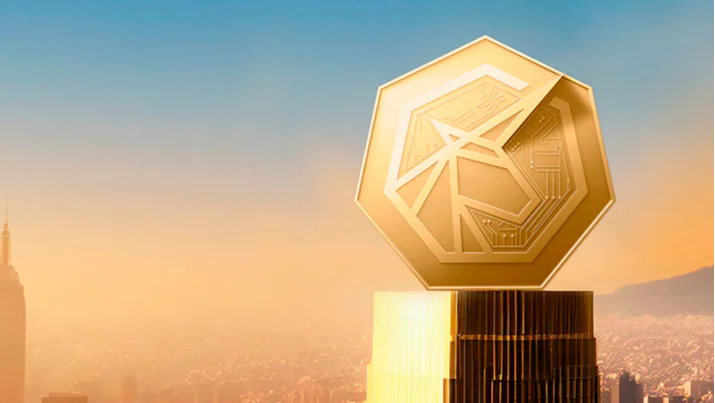These Latin American cryptocurrencies offer something beyond a mere return
 2 min read
2 min read- October 3, 2022
- by UH News
Cryptocurrencies are transforming our concept of money while also emerging as alternative instruments to drive projects in a wide range of economic sectors.
One of the more disruptive aspects of the phenomenon is that thanks to the innovation offered by crypto, it’s possible to create digital currencies that, as well as offering the chance of a return for their users, also support inventors, business models and companies that may find it difficult to access traditional financing. That’s to say, we can create cryptocurrencies whose impact goes beyond the dominant financial criteria such as price, fluctuation and return. Creative currencies
The projects that take this approach are generally based on the stablecoin model. These are cryptocurrencies that are linked to assets of some kind, such as fiat money, agricultural production, mineral reserves, precious metals, etc.
At the same time, the majority of these cases make use of a blockchain, either their own or that of a third party, to support transactions made using the crypto assets. In Latin American, entrepreneurs and innovators are taking advantage of this opportunity to develop some interesting initiatives. Here is just a brief sample of three projects, each with their own identity.
Avocado Coin / Mexico
Driven by the GreenGold Project, this cryptoasset was created to finance Mexican avocado producers who use practices that help protect natural resources and the environment in their harvests. The avocado fruit demands a huge amount of water, among other things, and a lot tends to go to waste. With an initial emission of 600,000 units, each Avocado Coin has a cost of US$1,000. Mexico is the world leader in avocado production.
Kmushicoin / Colombia
This cryptocurrency was developed by the company Tierra Viva as its own payment method for its export activities. The company produces organic compost with the help of Colombian long-horned beetles. It’s found a market for these insects in Japan and regularly exports there. By using its own cryptocurrency, Tierra Viva is able to avoid the high commissions charged on international payments for its overseas sales. This way, the firm’s profitability is protected and income can be directed towards strengthening the company’s environmental business model.
Agrotokens / Argentina
This initiative covers three cryptoassets. The value of each one corresponds to the price of a ton of a corresponding grain: SOYA (soybean), CORA (corn) and WHEA (wheat). Through commercial alliances of various kinds, Argentine producers can use these cryptocurrencies to support loans, purchase supplies or acquire machinery. The project began in 2020 with the digitalization – or “tokenization” – of 1,000 tons of soy, and to date it’s expanded to cover 56,000 tons of grain, which represents US$20 million in digital assets emitted.
Related News

Defy the 70% Failure Rate: 5 Game-Changing Habits of Successful Billion-Dollar Startup Founders
How do successful founders overcome the 70% startup failure rate? Discover the strategies that help founders overcome challenges and achieve unicorn status.
- October 11, 2024
- 2 min read

Halving is Coming: Why Bitcoin is Likely to Lose its Crypto Market Dominance
The market share of the first cryptocurrency could shrink in the face of the emergence of more transparent and regulated alternatives.
- March 29, 2024
- 1 min read

The Decline of Non-Coiners is Paving Paths for Potential Users
By seeing how digital assets can complement their financial plan, the vocal minority that exists and declares the end of cryptoassets may be incorporated into the ecosystem.
- March 27, 2024
- 1 min read

Unicoin Launches Its Primary Offering on U.S. Regulated INX.One Trading Platform
Backed by Real World Assets, Unicoin Security Token is Now Officially Available on the INX Trading Platform.
- March 19, 2024
- 5 min read
